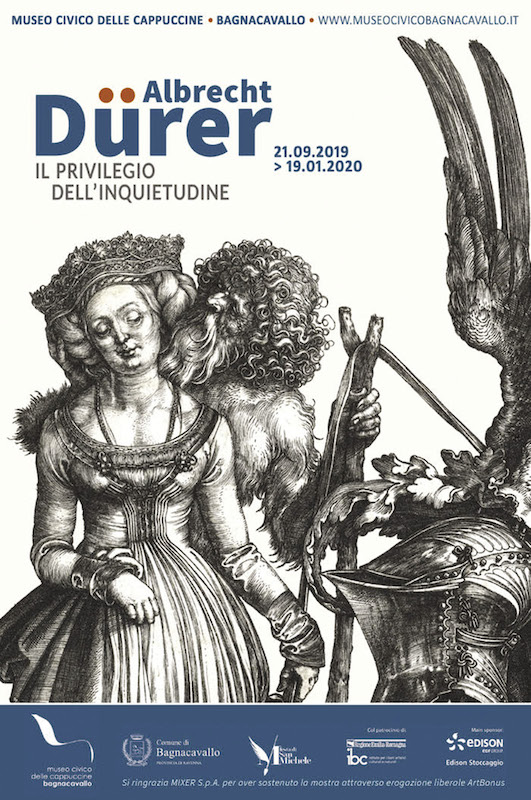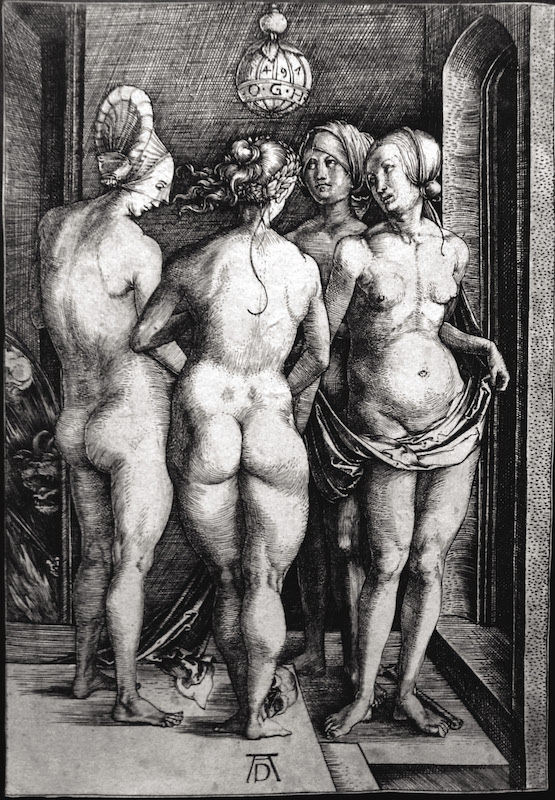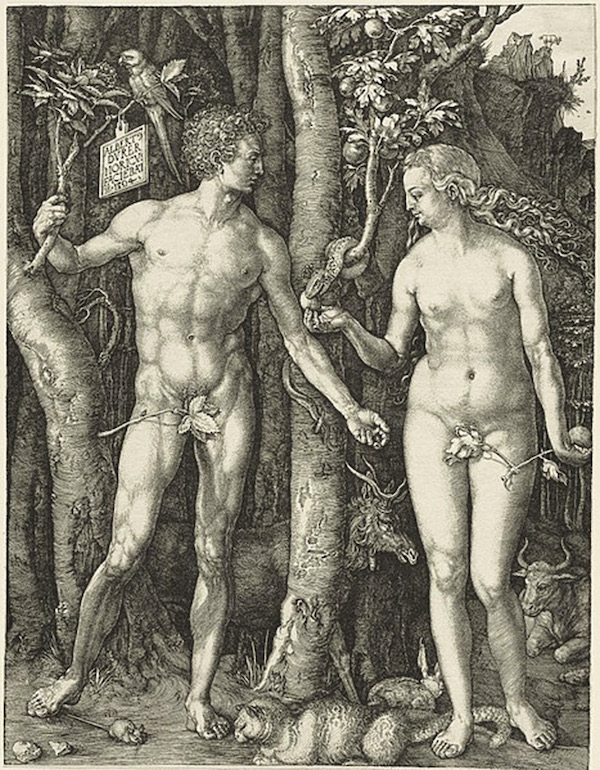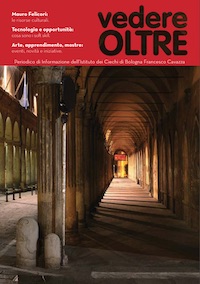Following the memorable three-year exhibitions (2016-2018) dedicated to Marc Chagall, Francisco Goya and Max Klinger, this year the Civic Museum of the Capuchins of Bagnacavallo – under the guidance of curators Diego Galizzi and Patrizia Foglia – presents the figure universally known as the "founding father of graphic thinking." Albrecht Dürer, the Privilege of Restlessness, is the fall exhibition which opened on September 21st and will close on January 19, 2020. Dürer’s art of engraving possesses distinct characteristics from those of paintings. As the latter is generally expansive, immediate, emotionally direct, the first possesses expressive research, often hidden in the interiority, for the discovery of intimate and grave worlds, of an allegorical, religious, meditative nature, but also related to everyday life. Along these lines, the critical approach proposed at the Capuchins is based on narration. The cut that the curators wanted to give to the exhibition proceeds through ten thematic sections, immersing the visitor in the visionary dream of perfection, the desire to appropriate the secrets of the representation of beauty, unattainable as it is the privilege of God, according to medieval thinking.

More than 120 graphic works are on display, starting from the first experiments in the workshop of Michael Wolgemut, at the time Nuremberg's main painter. Initiated by the father of goldsmith practice, for three years, beginning in 1486, Dürer worked as an apprentice at the Wolgemut workshop, where he was able to become familiar with xylography, wood cutting. Thanks to this technique, Dürer's "tale" unfolds along themes mainly related to biblical representations, while his engravings, the other graphic technique prevalent in his compositions, can also be described as "purely Nordic stories and legends." The three Meisterstiche (master prints) – Knight, Death and the Devil and Melencolia – completed in 1513-1514, capture the greatest complexity in the search for a synthesis in which the detailed and ecstatic exposition of the beauties of nature is tempered and reaches its fulfilment through the application of rules. The focal point of the exhibition, the Melancholy, cat. 38, seems to make us understand the spiritual essence of an artist in a constant search for that absolute beauty and perfection. The link between the late medieval, Gothic and Nordic vision with the search for ubi consistam (a place to stand) prevails. The rational logical foundation that gives strength to the creative urgency was achieved by Dürer largely in part because of his second trip to Italy in 1505, when he was fascinated by the Renaissance characterized by the adventure of knowledge. The Nativity, cat. 34, is an admirable example of how the capital event for Christianity, the birth of Jesus, is set in geometrically perfect forms and within the concreteness of history and life: it apparently takes away the centrality of the moment's sacredness, but in reality it makes it closer and interconnected with humanity.

Dürer's interest in classical forms was also demonstrated in his studies on body proportions and on the canons of beauty. The artist was aware that he was going against the demure German resistance to accept classical nudity and concealed the exposure of the female nude by diverting it into images with a moralistic content (The Four Witches) or sublimating it into the idealized exposition of the bodies of Adam and Eve. While observing the works of our contemporaneity often involves being wrapped in inconsistent clouds that constantly change without leaving any memory, dwelling on the solidity that in our eyes can guarantee the creations of a distant past, unknown to a large extent, can reassure us with its tangibility. It is the deception and the contradiction of the relationship between history and news. What in our eyes appears to be the reassuring product of mental, social and aesthetic clarity – which is missing in our world – can be the error of perspective that prevents us from grasping the revolutionary importance of artists who have radically changed their present. Dürer is one of those: his complex personality made him a visionary artist, unthinkable for the time, a universal researcher as was Leonardo.

The exhibition catalogue seems to foster the observer's awareness. The inattentive eye of the contemporary visitor always trapped between images which must capture a quickly diverted attention, despite the tangibility mentioned above, risks "not seeing" what is frequently described in often miniaturized compositions. So, we are immediately surprised by fairy tale images that in the very first pages show the upper part of his St. Eustache. Inaccessible castles between steep cliffs evoke a remote world with a wealth of details and an infinite range of greys that trigger emotions. From the head of a deer, a crucifix appears to remind us of both the divine origin of nature around us, and the impossibility for Dürer and man to replicate that beauty. The St. Eustache in its entirety (cat. 20) reveals a different reality in which man is surrounded by the animal world, portrayed with unparalleled precision. Thanks to his enchanting mastery, Dürer contrasts a sort of inaccessible magic which dominates the underlying peaceful earthly life, under divine auspices. The conception of reality in the representation of the Rhinoceros is very different. Dürer had never actually seen that animal, which he had to imagine from a drawing. The result is an abstract, almost stylized perception and could also be part of a fairy-tale world. In his Peasant Couple Dancing (cat. 21), more than the "slight satire" glimpsed by those who analyzed the work, I found a liberating solidarity, an acceptance free of indulgence to a simple folk scene. The visitor will enjoy discovering the many other aspects of Dürer's personality, adequately represented in the exhibition.





.png)